Re: The Rise of the Russian Empire: Russo-Armenian Relations
A Russian delegation including Sukhoi plane maker CEO Mikhail Pogosyan will hold talks on Thursday with Deputy Indian Defense Minister Kanwar Singh on jointly developing a fifth-generation fighter. The sides agreed in October to jointly develop and produce a multifunctional fighter, in one of the largest military cooperation programs between Russia and India. Sukhoi said that at Thursday's talks, the sides will consider project issues discussed on November 12-14 by expert working groups, relating to time frames and financing. The project will be implemented by Sukhoi, which is part of Russia's United Aircraft Corporation (UAC), and India's Hindustan Aeronautics Limited. The UAC was established earlier this year to consolidate Russia's aircraft industry, and incorporates many of the country's best-known aircraft manufacturers, including Mikoyan, Ilyushin, Irkut, Tupolev, and Yakovlev. In October, Moscow and New Delhi signed a $1.6 billion contract for the supply of 40 Su-30 fighter assembly sets to India by 2010 as an addition to a contract on licensed production of 140 Su-30MKIs in India, which was signed in December 2000.
Source: http://en.rian.ru/world/20071114/88102351.html
Russia, India to discuss fifth-generation fighter on Nov. 15
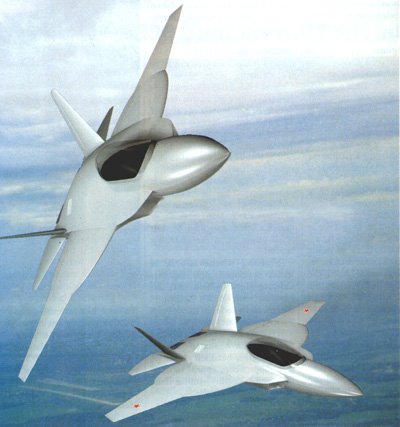

A Russian delegation including Sukhoi plane maker CEO Mikhail Pogosyan will hold talks on Thursday with Deputy Indian Defense Minister Kanwar Singh on jointly developing a fifth-generation fighter. The sides agreed in October to jointly develop and produce a multifunctional fighter, in one of the largest military cooperation programs between Russia and India. Sukhoi said that at Thursday's talks, the sides will consider project issues discussed on November 12-14 by expert working groups, relating to time frames and financing. The project will be implemented by Sukhoi, which is part of Russia's United Aircraft Corporation (UAC), and India's Hindustan Aeronautics Limited. The UAC was established earlier this year to consolidate Russia's aircraft industry, and incorporates many of the country's best-known aircraft manufacturers, including Mikoyan, Ilyushin, Irkut, Tupolev, and Yakovlev. In October, Moscow and New Delhi signed a $1.6 billion contract for the supply of 40 Su-30 fighter assembly sets to India by 2010 as an addition to a contract on licensed production of 140 Su-30MKIs in India, which was signed in December 2000.
Source: http://en.rian.ru/world/20071114/88102351.html






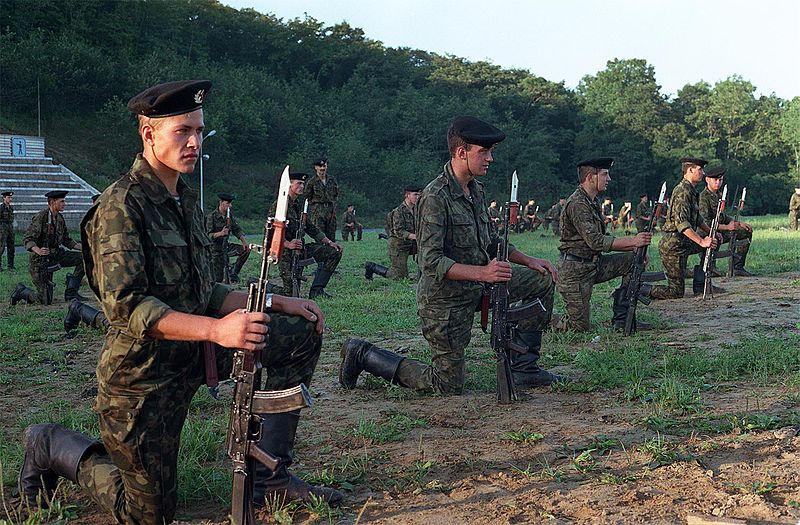




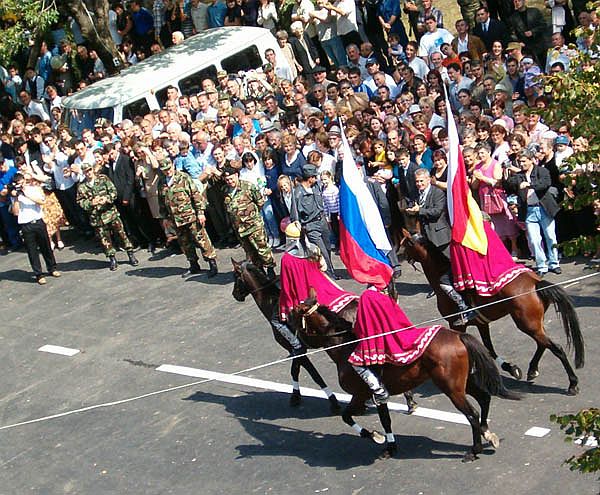
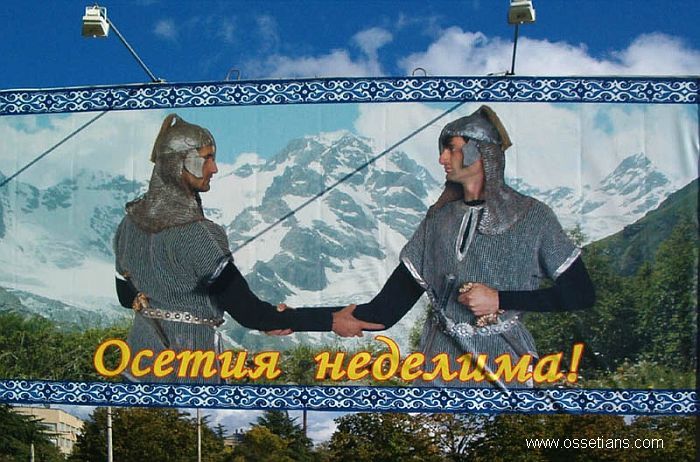
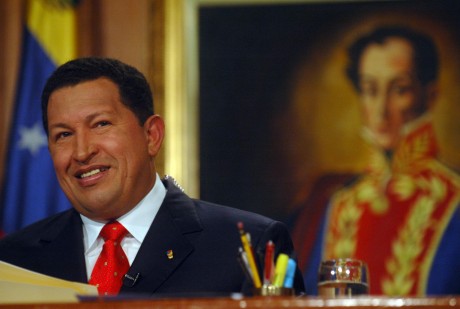


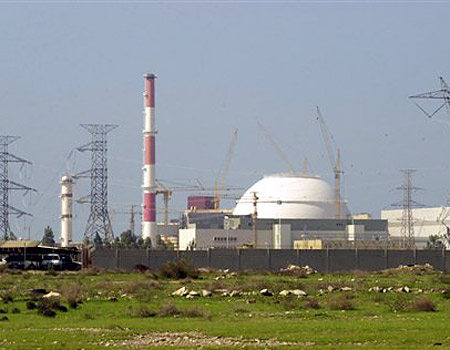





Comment